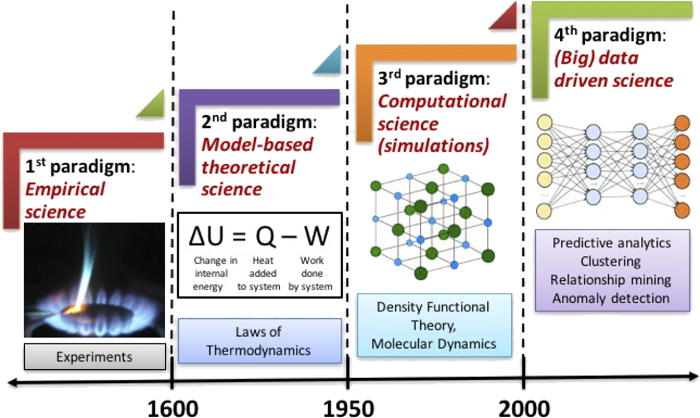Deep tensor neural network (DTNN)#
The core idea is to represent atoms in the molecule as vectors depending on their type and to subsequently refine the representation by embedding the atoms in their neighborhood
1. Assign initial atomic descriptors
They assign initial coefficient to each atom \(i\) of the molecule according to is nuclear charge \(Z_i\)
2. Gaussian feature expansion of the interatomic distances
The inter-atomic distances Dij are spread across many dimensions by a uniform grid of Gaussians.
\(\Delta \mu\) is the gap between two Gaussians of width \(\sigma\)
3. Perform T interaction passes
\(c_i^{(t)}\) is corresponding to atom \(i\) after \(t\) steps updates.
Circle \(\circ\) represents the element-wise production
4. Predict energy contributions
Finally, we predict the energy contributions \(E_i\) from each atom \(i\). Employing two fully-connected layers, for each atom a scaled energy contribution \(\hat{E_i}\) is predicted
